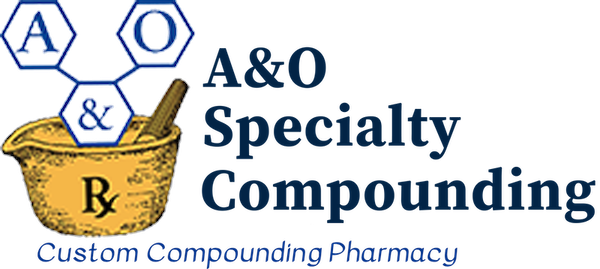Pain Management
Explore a range of specialized medications, expert guidance, and personalized care plans designed to enhance your well-being.

Chronic pain can be very difficult to manage in many patients. Many of the traditional oral drugs used for pain treatment, such as opioids, NSAIDs, and anticonvulsants, can have unwanted systemic side effects. These classes of medications, among others, can be just as effective in managing pain when used topically. Using a multimodal approach to treating symptoms of chronic pain has also been shown to be efficacious, which can be easily accomplished using a topical formulation.
Treatment Options
Classes of medications that can be used topically include: NSAIDs, Alpha II Agonists, AMPA-Na+ Channel Blockers, GABA Agonists, NMDA-Ca2+ Channel Blockers, Tricyclic Antidepressants.
Advantages
- Avoid first pass hepatic metabolism
- Avoid GI tract
- May improve compliance
- Increased drug concentration at site of pain
- Decreased systemic side effects
Disadvantages
- Most common side effect is rash
- May not be suitable for large areas
- Absorption may vary from patient to patient depending on the stratum corneum barrier
Reviewed: July 23, 2014
- Updated: June 13, 2017
- Reviewed by Beth Bolt, RPh
- References: Arnstein PM. The future of topical analgesics. Postgrad Med. 2013;125(4 Suppl 1):34-41.Argoff CE. Topical analgesics in the management of acute and chronic pain. Introduction. Postgrad Med. 2013;125(4 Suppl 1):3-6.
- Source: RxWiki
- Managing Editor: Anyssa Garza, PharmD
